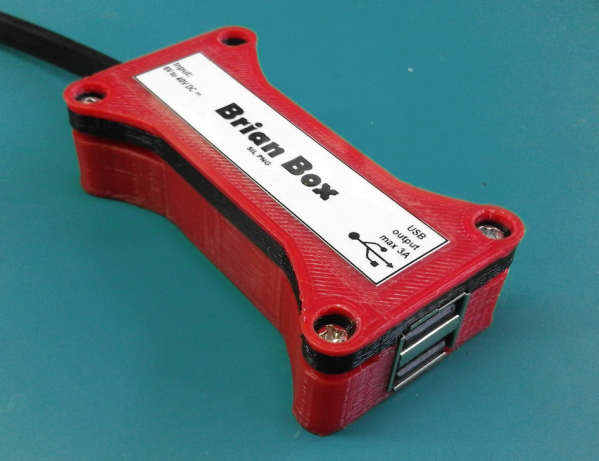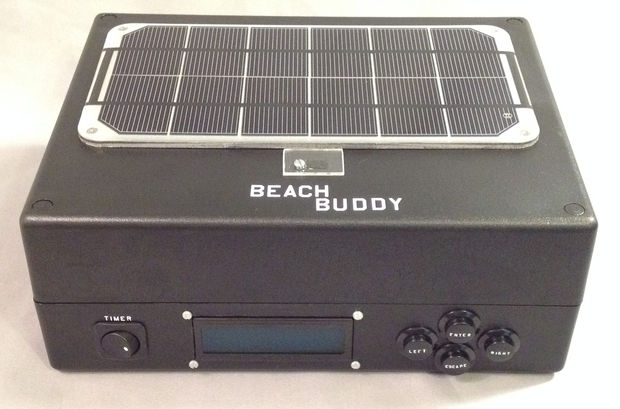Heavy rainfall in Northern Europe last month caused disastrous flooding in several countries. [Daniel Jedecke] was on assignment in the North Rhine-Westphalia region of Germany during the floods and saw the damage firsthand. He was struck by the lack of emergency power, and set about the task of designing a simple, portable power pack.
[Daniel] wanted his system to be as simple and maintenance-free as possible, and well as inexpensive. He passed by the traditional solutions such as gasoline fueled generators or advanced chemistry battery packs. Instead, he settled on the ordinary car battery — they’re easy to obtain in a pinch, and he found a used 45 Ah one sitting in his basement. To keep the system portable, he decided on a single 80 W monocrystalline solar panel which comes with a smart battery charge controller. An inverter provides standard (for Germany) 240 VAC in addition to the +12 VDC output.
The whole thing, except the panel, is installed in an off-the-shelf toolbox with the pieces secured to a custom-made wood frame. We think [Daniel]’s goals were met: made from standard materials, long-lasting without excessive maintenance, portable, and providing both DC and AC outputs for everyday use. Way back in 2015 we wrote about an emergency battery pack using rechargeable drill batteries. Do you keep an emergency power pack handy in case of outages or disasters?
























